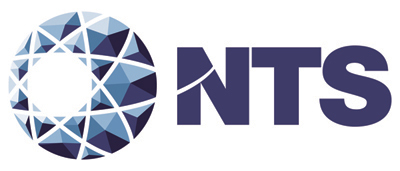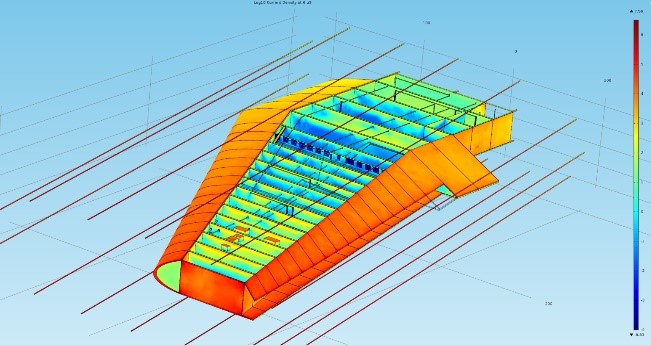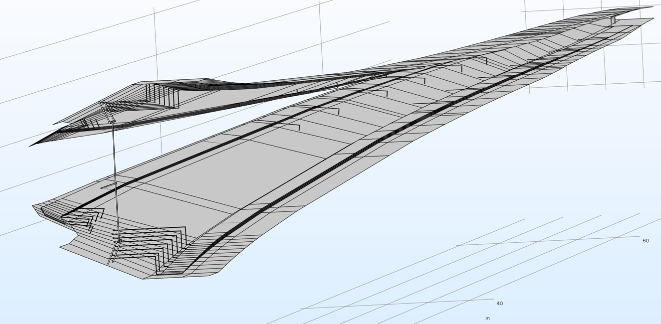NTS Lightning Technologies

Address & Contact Information
NTS Lightning Technologies
10 Downing Industrial Parkway
Pittsfield, MA 01201
Phone: (413) 499-2135
Fax: (413) 499-2503
Website:www.nts.com
NTS Lightning Technologies provides engineering consulting and testing services related to lightning's direct and indirect effects in various industries, including aerospace and wind energy. We have vast amounts of experience with lightning, protection from it, and its related electromagnetic interference (EMI) effects. Our engineering consulting services capture the entire development process, from design to certification, for lightning safety. Our consulting services include the use of finite element method (FEM) modeling using COMSOL Multiphysics®to help evaluate design parameters and determine test levels for certification. Data generated from our models is also supported with test data performed at our facility.
Areas of Expertise
Our expertise is in lightning and lightning protection as well as EMI and other related electromagnetic phenomena, including:
- Electric and magnetic fields in both the time and frequency domains
- EMI
- High-energy radio frequency (HERF)
- Heat transfer
- Joule heating
We also help consult for certification to various standards, such as:
- "Lightning Indirect Effects" (DO-160, Section 22)
- "Lightning Direct Effects" (DO-160, Section 23)
- "Lightning Near Strike Effects" (MIL-STD-464)
- "Electrostatic Discharge" (DO-160, Section 25)
- "Precipitation Static"
COMSOL Multiphysics®Project Highlights
Below is a list of our highlighted projects using COMSOL Multiphysics®.
We developed a COMSOL Multiphysics®model to simulate a lightning strike on the tip of an airplane wing. This was done to evaluate the risks of ignition sources in the fuel tank. Currents and voltages were probed throughout the model and were used as test levels for certification.

Airplane wing with a surface plot of the current density.
We simulated lightning currents conducting through a 65-meter wind turbine blade with a thin surface protection layer (SPL) as well as anisotropic carbon pultrusions and electric thermal heaters that follow the length of the SPL. Electric fields were probed in the model to determine the risk of sparks between the carbon and SPL. Currents were measured to determine the amount of current flowing through the surge protection devices.

Model geometry of the 65-m wind turbine blade.
Consultant Contributions
At the COMSOL Conference 2018 Boston, we gave a keynote presentation on using simulation for lightning protection design and certification, which is featured on the COMSOL Blog:
Keynote Video: Designing Lightning Protection Systems with Simulation
